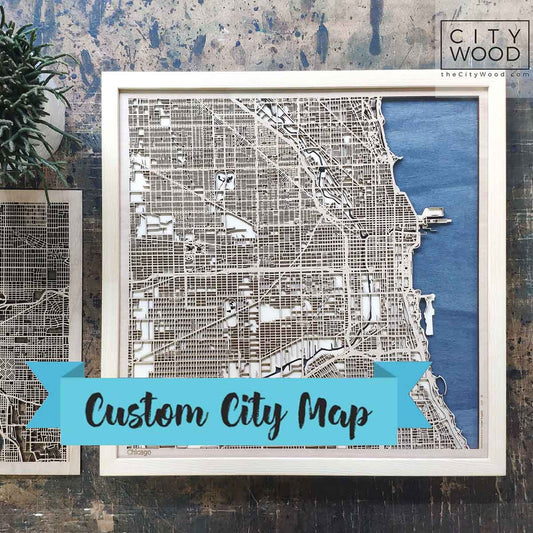Quiet luxury style interior design is the art of creating timeless, elegant spaces that feel refined without relying on flashy displays of wealth. It emphasizes craftsmanship, enduring quality, and subtle sophistication. Instead of chasing trends or overloading a room with decoration, the philosophy behind quiet luxury is to focus on restraint and intention. Materials are chosen for their authenticity—solid wood, natural stone, linen, or leather—because they age gracefully and stand the test of time. The look is unified by calm and neutral colors, such as soft beige, ivory, muted gray, or warm taupe, which provide a serene backdrop for carefully selected pieces.
At its heart, quiet luxury whispers rather than shouts. It’s the difference between a bold logo-covered accessory and a bespoke handcrafted object that holds meaning for its owner. In a home, this could mean anchoring the living room with an iconic, well-crafted sofa that will look just as relevant twenty years from now, or introducing a timeless wooden map on the wall that brings artisanal detail and storytelling without overwhelming the space. This design style values integrity: furniture, lighting, and decorative pieces are chosen not because they impress guests at first glance, but because they bring lasting comfort and elevate daily life.
What are the rules for quiet luxury?
While quiet luxury does not have rigid rules, it follows guiding principles that help shape its distinctive atmosphere. The first rule is quality over quantity: having fewer but better pieces is more powerful than filling a room with items that don’t hold long-term value. Every piece should have a clear purpose—whether that’s comfort, beauty, or function—and clutter is removed so that only meaningful objects remain. This process of editing creates space for the room to breathe.
Another rule is timeless design. Avoid chasing seasonal looks or overly ornate details that may lose appeal quickly. Instead, choose forms and silhouettes that are simple, elegant, and enduring. A well-made armchair in a neutral fabric or a solid oak dining table can become anchors for decades. Material authenticity is also essential. Natural stone, silk, linen, or handcrafted ceramics have a tactile richness that synthetic imitations can rarely match. Lighting plays an equally important role: layered, warm light not only creates atmosphere but highlights textures and proportions in the room. Finally, authenticity and consistency bind it all together. A quiet luxury home reflects the lifestyle and personality of its owner rather than trying to fit into a magazine spread.
What’s the opposite of quiet luxury?
The opposite of quiet luxury is often described as loud or ostentatious luxury. Where quiet luxury favors restraint, loud luxury embraces excess. It thrives on visual impact: glossy finishes, statement logos, oversized chandeliers, and bold colors meant to impress instantly. This style leans heavily on trend-driven choices, which often look exciting at first but age quickly as new fashions emerge. Loud luxury is performative, designed to showcase wealth and status rather than cultivate a personal sense of timeless elegance.
For example, a room filled with shiny marble-effect tiles, gold-plated accents, and branded accessories may communicate immediate extravagance, but it rarely delivers the serenity or sophistication of quiet luxury. In contrast, quiet luxury values the subtleties that only reveal themselves over time—like the way natural oak develops a patina, or how handwoven textiles feel soft against the skin after years of use. This approach seeks longevity, not attention. Where loud luxury says, “look at me,” quiet luxury suggests, “come closer and feel the difference.”

How to design room to look like quiet luxury?
Designing a room with quiet luxury in mind starts with the base. Walls should be painted in calming, neutral tones to create harmony and openness. From there, layer natural textures: linen curtains, wool rugs, leather chairs, and silk cushions all work together to add depth and richness without overwhelming the senses. Keep furniture selection intentional. Instead of multiple trendy pieces, choose fewer investment items that hold both functional and aesthetic value—like a finely upholstered sofa or a bespoke dining table.
Lighting is essential in shaping mood. A combination of floor lamps, wall sconces, and soft ceiling lights should be arranged in layers to allow flexibility from day to night. Decorative accents should be minimal yet carefully chosen: a ceramic vase, a sculptural lamp, or a custom wooden map on the wall can add personality and subtle refinement. Equally important is negative space. Don’t fill every corner—quiet luxury thrives when there’s room for air and silence. The design should feel curated, not cluttered, with every detail serving a purpose.
How to master quiet luxury?
Mastering quiet luxury requires both discipline and intuition. The first step is to practice editing. Remove items that don’t serve a long-term function or bring you joy. This isn’t about minimalism for the sake of emptiness but about making space for things that matter. Next, invest strategically in key pieces that you’ll live with daily: a sofa, a dining table, or a bed. Choose the highest quality you can afford, knowing that these items will last for decades and even improve with age.
Balance is another key to mastery. Spaces should be both functional and beautiful—a chair should not only look elegant but also feel inviting to sit in. Lighting should be soft yet practical, shifting with the rhythms of the day. At the heart of this approach lies authenticity. Your home should reflect your personality rather than imitate a showroom or magazine. If you love books, display them thoughtfully; if art moves you, curate a few pieces that resonate. Quiet luxury is not about denying individuality—it’s about expressing it with restraint and purpose. When done well, the result is a home that feels warm, timeless, and deeply personal.
What are the phrases of quiet luxury?
Quiet luxury is often described using a set of evocative phrases that capture its essence. Effortless elegance speaks to the way a well-designed room can look polished without seeming overworked. Timeless sophistication highlights its enduring relevance across decades. Understated wealth conveys the presence of quality without overt displays. Other terms like subtle opulence, quality over quantity, discreet charm, and whispered refinement also reflect the philosophy.
These phrases are more than marketing language—they act as guiding principles when making design choices. They remind us that beauty lies in restraint, that luxury can be quiet, and that true sophistication is not about impressing others but about creating harmony and comfort for ourselves. In many ways, mastering quiet luxury is less about following rigid rules and more about adopting a mindset: choosing authenticity, timelessness, and integrity in every aspect of design.





